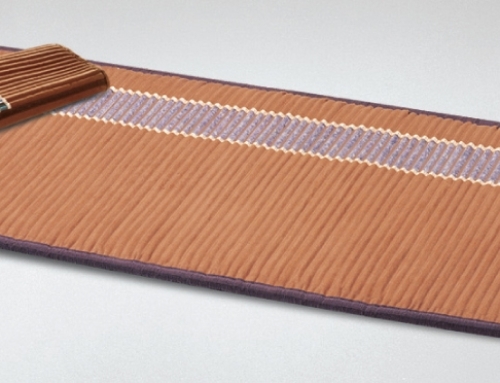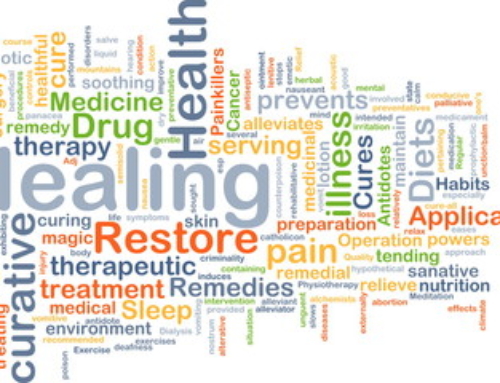What are the four BioMat elements?
These four elements make up the Richway BioMat: 1) far infrared heat, 2) tourmaline, 3) negative ions, and 4) amethyst crystals. Do you know about these four elements? If not, don’t worry … many others also don’t know about them, as well!
We’re here to help you begin and/or deepen your education and understanding of these important healing elements. The elements in the BioMat are how you can contribute to your overall well-being and health.
Let’s start with far infrared heat. This unique heat works like sunshine that warms you up at a cellular level and is one of the four elements in the BioMat. And is one of the reasons the BioMat is so effective. There’s also research that shows how this heat/light helps remove toxins and waste from the blood stream, as well as opening up the body to increase blood circulation/flow.
The next element is tourmaline. This crystal/stone has properties of mental clarity and grounding. With today’s intense energies, this is SO welcome!!
The third element is negative ions and these are opposite of how they sound! Negative ions are found in nature such as mountains, big bodies of water (ocean, lakes, rivers, waterfalls), trees, etc. They expand our energy and lift our spirits. This is counter-intuitive where we may think positive ions should be positive. But our environment and air are filled with positive ions, such as computers, cell phones, pollution, 4G/5G, etc. The bio-mat emits negative ions with or without heat so it is a very healthy component of the mat.
And about amethyst – both negative ions and far infrared heat are efficiently transferred vis-à-vis the BioMat’s amethyst crystals. Amethyst elevates and amplifies our energy when using the BioMat.
These four elements (far infrared heat, tourmaline, negative ions and amethyst) are components of the professional-size and Mini BioMats. (In the single-, queen-, and king-size BioMats, amethyst is used exclusively/visibly while tourmaline is crushed and used as one of the 17 layers of the BioMat’s construction.)
Always more to say about the BioMat’s elements – watch for future blog posts about this topic!





